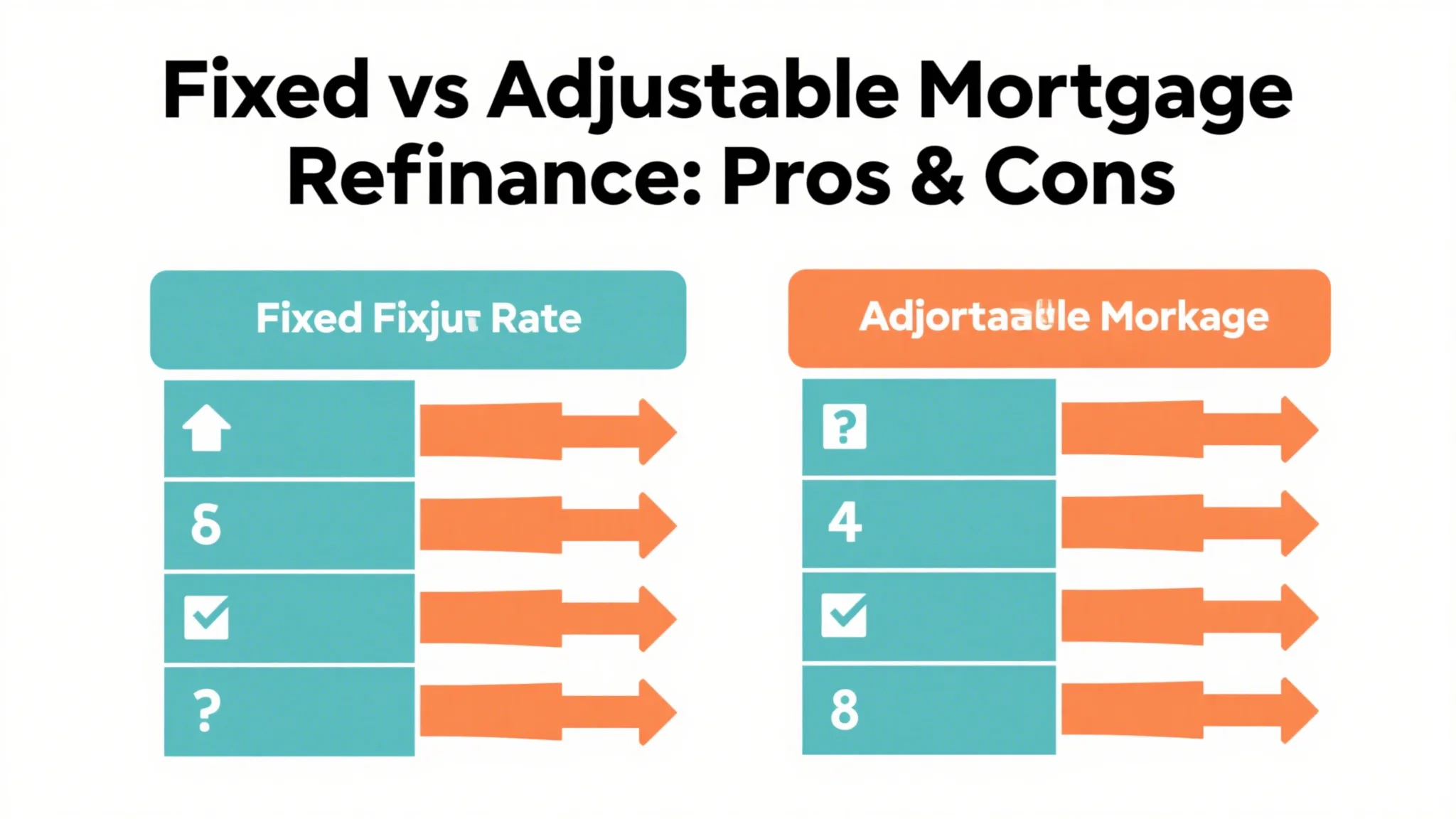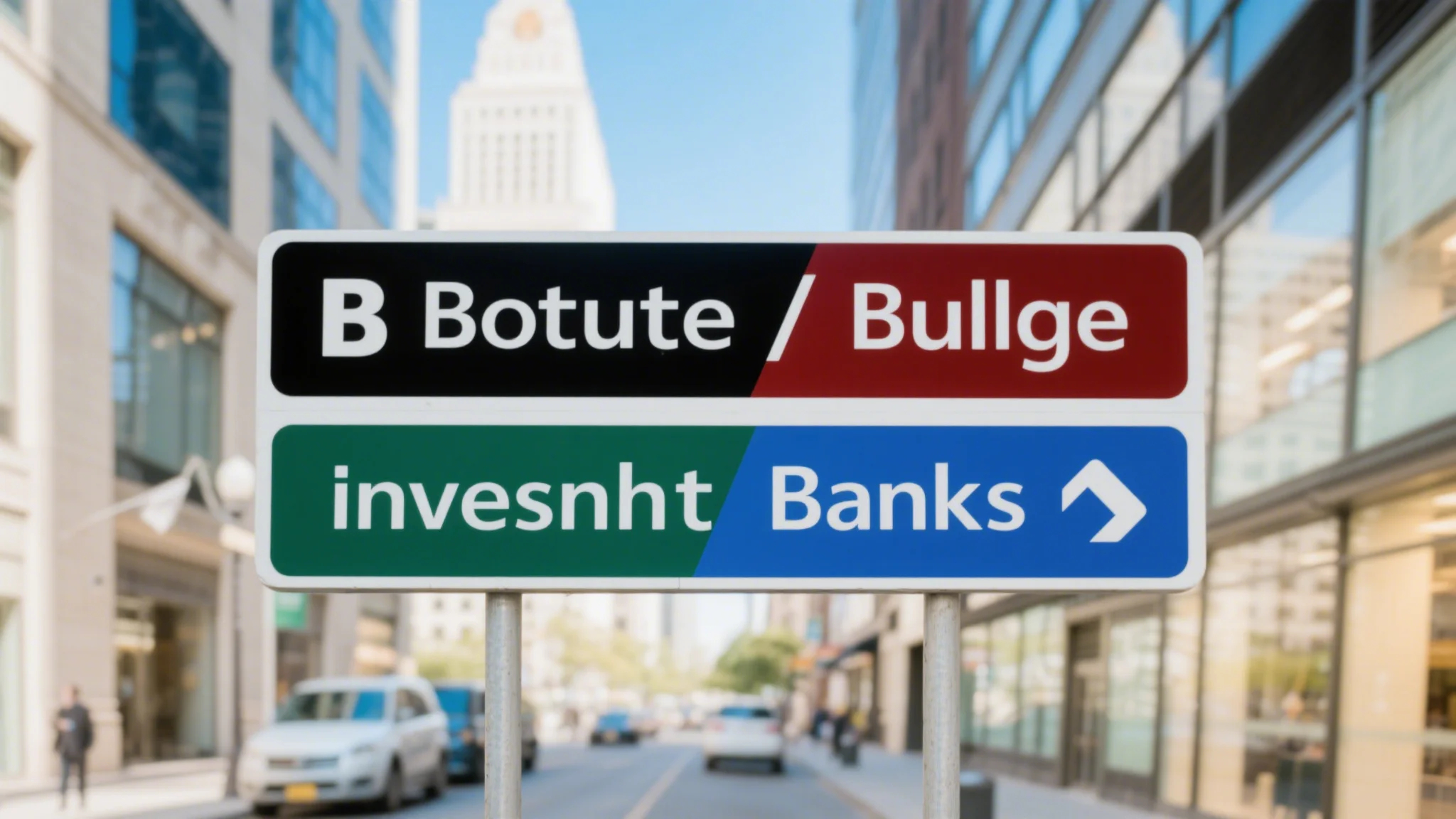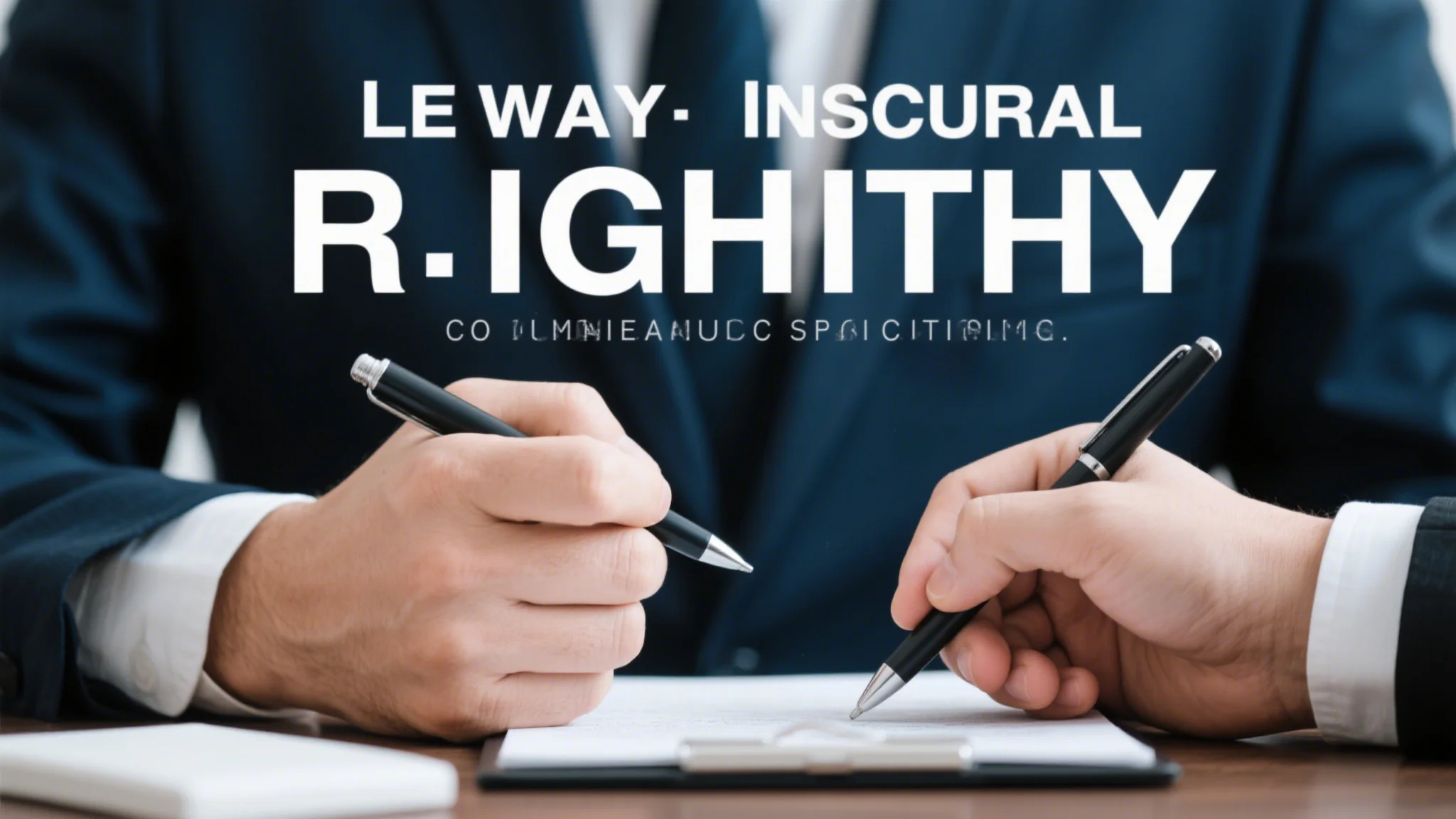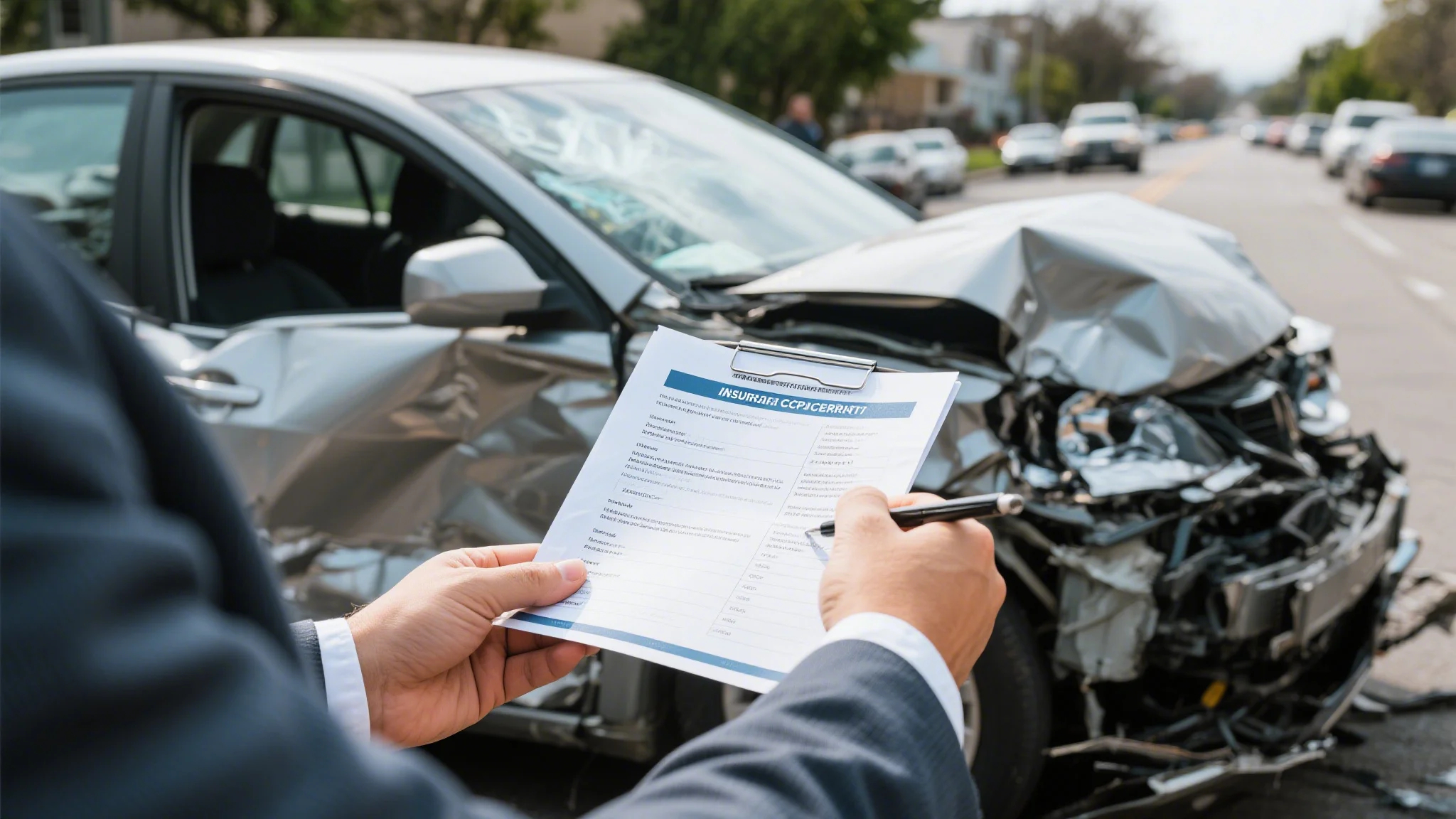Accidents happen, and sometimes they involve drivers who are not insured. If you’re involved in an accident with an uninsured driver, it can leave you facing unexpected financial and legal challenges. This article explores what you should do if the other driver has no insurance, how to protect yourself, and the steps you can take to seek compensation for your losses.

Accidents are unpredictable, but being prepared can make all the difference. One of the most stressful scenarios after a car accident is discovering that the other driver doesn’t have insurance. In such cases, you may wonder who is responsible for covering your medical bills, vehicle repairs, and other damages. This article will guide you through the steps you should take if you’re ever involved in an accident with an uninsured driver.
Understanding the Problem
According to statistics, a significant number of drivers on the road are uninsured or underinsured. In some states, the percentage of uninsured drivers can be as high as 25% or more. This means that the chance of being involved in an accident with an uninsured driver is higher than you might think.
If the other driver has no insurance, they may not have the financial resources to cover your damages. This leaves you, the injured party, to foot the bill for medical expenses, car repairs, and other related costs. However, it’s important to remember that just because the other driver is uninsured doesn’t mean you’re out of options.
What Happens if the Other Driver Has No Insurance?
When you’re involved in an accident with an uninsured driver, the first thing to do is to exchange information with the other party. This includes their name, contact details, driver’s license number, and the make and model of their vehicle. If possible, take photos of the accident scene and any injuries sustained.
Once you’ve gathered the necessary information, you should contact your insurance company. Even if the other driver is uninsured, your own insurance policy may provide coverage for your damages. Check your policy to see if you have collision coverage or uninsured motorist coverage. These provisions are designed to protect you in situations where the at-fault driver cannot pay for the damages they’ve caused.
Protecting Yourself Financially
If the other driver is uninsured, you may need to pursue legal action to recover compensation for your losses. This is where the role of a personal injury attorney comes into play. An experienced attorney can help you navigate the legal system, negotiate with the other party, and ensure that you receive fair compensation for your injuries and damages.
It’s also important to understand the concept of comparative fault in your state. In some jurisdictions, if you are found to be partially at fault for the accident, the amount of compensation you receive may be reduced. For example, if you were speeding at the time of the accident, your compensation could be limited. This is why it’s crucial to consult with a legal professional who can assess the details of your case and advise you on the best course of action.
Steps to Take After the Accident
Exchange Information: Always exchange contact and insurance details with the other driver. If they refuse to provide their information, note down any identifying features of their vehicle.
File a Police Report: If the accident is serious, file a police report. This can help you establish the facts of the case and provide documentation to support your claim.
Contact Your Insurance Company: Inform your insurance provider about the accident, even if the other driver is uninsured. They may have coverage options that can help you recover your losses.
Seek Medical Attention: If you or anyone in your vehicle was injured, seek medical attention immediately. Keep all medical records and bills as evidence of your injuries.
Consult a Lawyer: A personal injury attorney can guide you through the legal process and help you pursue compensation from the uninsured driver.
By taking these steps, you can protect yourself financially and ensure that you’re in the best position to recover from the accident.
Dealing with an uninsured driver can be overwhelming, but it’s important to stay calm and take the necessary steps to safeguard your rights. In this second part of the article, we’ll explore additional strategies to help you navigate this challenging situation.
Understanding Uninsured Motorist Coverage
One of the most important things to know is that many insurance policies include uninsured motorist coverage. This coverage is designed to protect you if you’re involved in an accident with a driver who doesn’t have insurance. Check your policy to see if you have this coverage and, if so, what limits it has.
If the other driver is uninsured, you may be able to file a claim with your own insurance company to recover damages. However, it’s important to note that this coverage typically only applies if the other driver is at fault for the accident. If you’re found to be partially at fault, your compensation may be reduced.
Pursuing Legal Action
If the other driver is uninsured and unable to pay for your damages, you may need to pursue legal action. This involves filing a lawsuit against the uninsured driver and seeking compensation for your injuries, medical expenses, lost wages, and other damages.
When pursuing legal action, it’s crucial to work with an experienced personal injury attorney. They can help you gather evidence, negotiate with the other party, and represent your best interests in court. While legal action can be time-consuming and stressful, it’s often the only way to ensure that you receive fair compensation for your losses.
What to Expect in Court
If your case goes to court, the judge will hear evidence from both sides and determine who is at fault for the accident. If the other driver is found to be entirely at fault, you may be awarded full compensation for your damages. If you’re found to be partially at fault, the compensation may be reduced accordingly.
In some cases, the uninsured driver may not have the financial means to pay for your damages. If this is the case, you may need to pursue other avenues, such as garnishing their wages or placing a lien on their property. However, these steps can be complex and may require the assistance of a legal professional.
Preventing Future Incidents
While it’s impossible to prevent every accident, there are steps you can take to reduce your risk of being involved in an accident with an uninsured driver. For example, you can check the insurance status of the other driver before agreeing to ride with them or drive alongside them. Additionally, you can purchase uninsured motorist coverage to protect yourself in case of an accident.
Being involved in an accident with an uninsured driver can be stressful and costly, but it’s important to remember that you’re not alone. By taking the necessary steps to protect yourself financially and legally, you can minimize the impact of the accident on your life. Whether it’s through your own insurance coverage, legal action, or preventive measures, you have options to recover from the incident and move forward.
If you ever find yourself in this situation, don’t hesitate to seek the help of a qualified personal injury attorney. They can guide you through the process and ensure that you receive the compensation you deserve. Remember, you have rights, and it’s important to protect them.
This concludes the article. If you have any questions or need further assistance, feel free to reach out.




